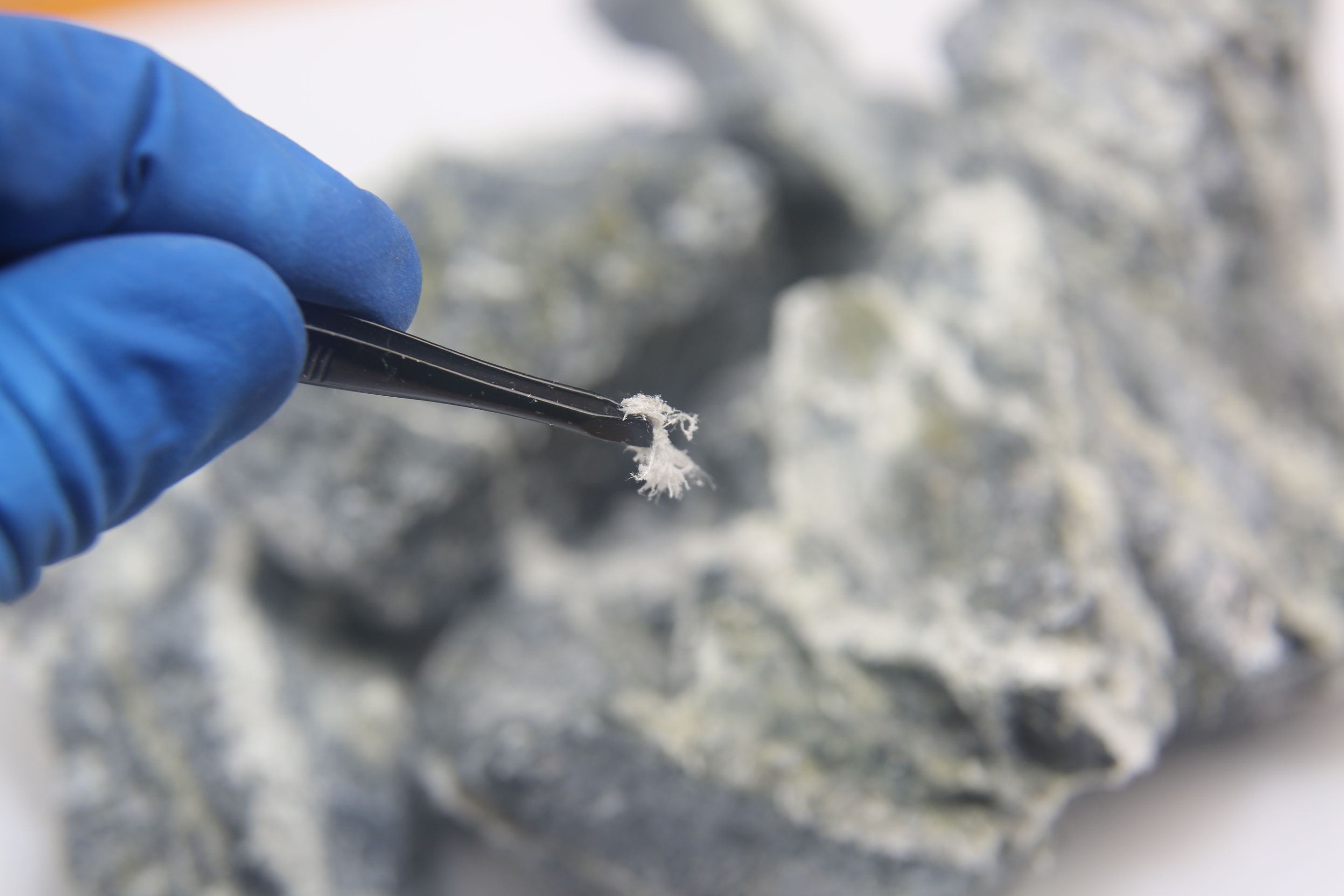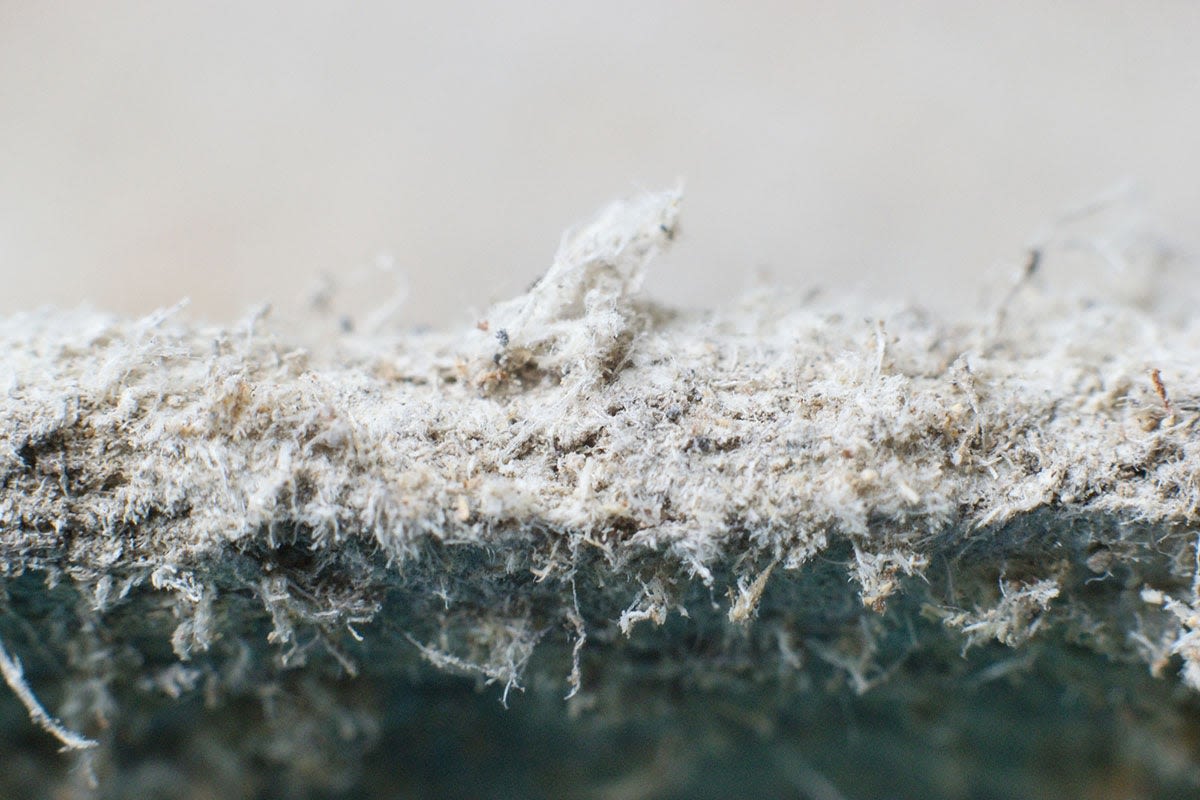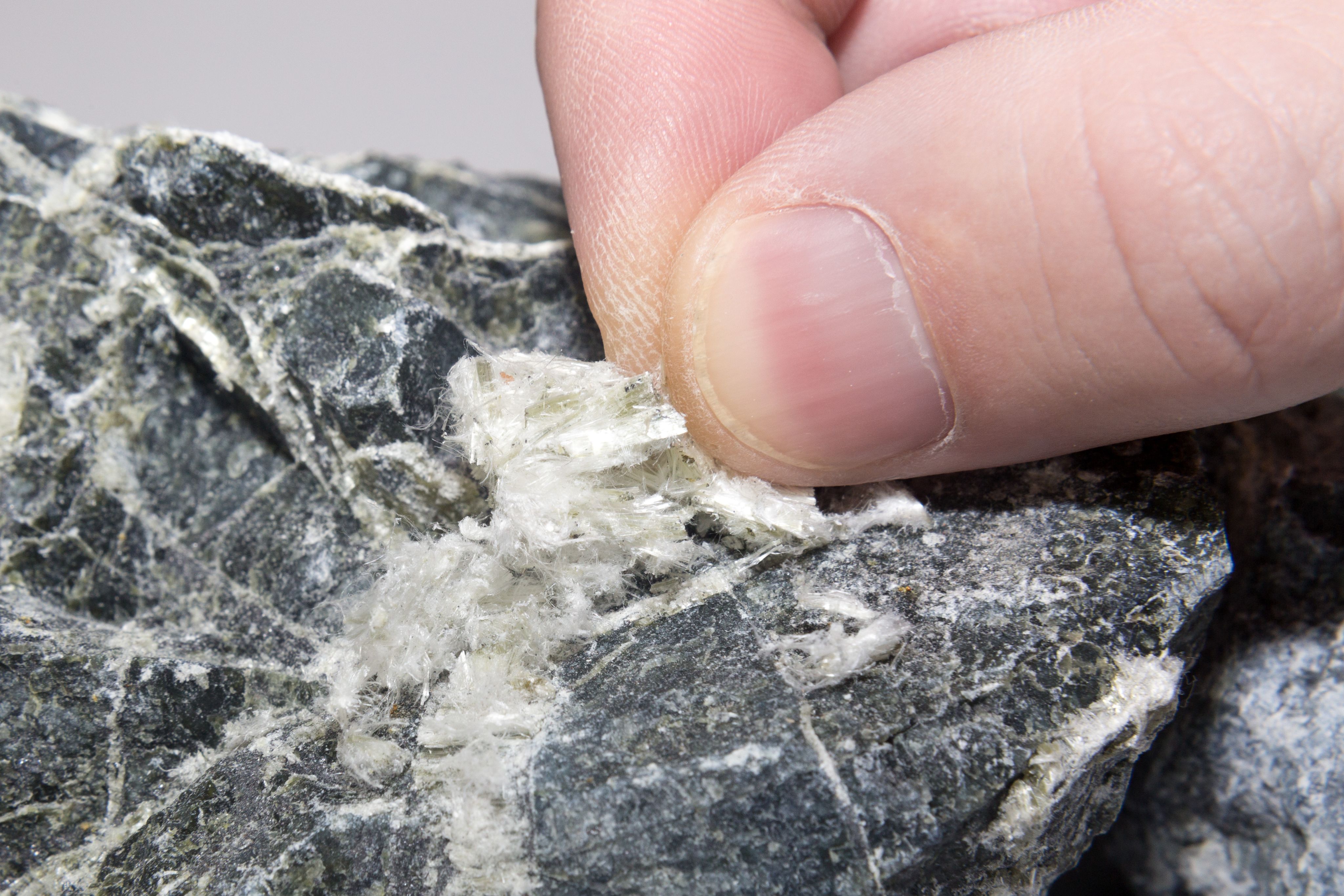Peritoneal Mesothelioma and White Asbestos: The Epidemiology

In asbestos-related claims, there are several elements that need to be proven. Firstly, that the Defendant owed a duty to the Claimant and that they breached that duty. Secondly, that there is a symptomatic illness which has arisen from that negligent exposure; and thirdly, that the exposure was sufficient for there to be a “causal link” between the asbestos exposure and the illness (on the balance of probabilities).
The level of exposure needed to prove a causal link is higher for diseases such as lung cancer and fibrosis (asbestosis), but the threshold for mesothelioma is lower because mesothelioma does not occur as an idiopathic illness. Alternate causes of mesothelioma are the topic of hot debate. It has been widely known that mesothelioma is caused by exposure to asbestos and that even small amounts of asbestos can cause mesothelioma following high profile publications such as the 1965 Sunday Times article, “Killer Dust”. Occasionally, we have clients who have been diagnosed with mesothelioma but who cannot recall working with asbestos. On giving a detailed history, a potential source is often identifiable.
What is very uncommon is having a client with mesothelioma who has worked with asbestos for the majority of their career, where the Defendant accepts that they negligently exposed their employees to asbestos, but who disputes the exposure caused the mesothelioma. Causation is rarely an issue in cases of mesothelioma because the known threshold for the amount of asbestos exposure that causes mesothelioma is very low thanks to decades of research undertaken by pioneers and researchers such as Muriel Newhouse and Hilda Thompson.
However, causation was an argument that was raised by the Defendant in our case of Mr B, a motor mechanic who had worked with asbestos-containing brake pads daily throughout his early career.
Mr B’s Case
Mr B was diagnosed with peritoneal mesothelioma in April 2021. He had worked as a mechanic his entire working life and even continued to run his own garage after his diagnosis.
During his early career with Mercedes-Benz, his role as a mechanic involved changing brake pads on vehicles. These brake pads contained chrysotile, which is more commonly referred to as ‘white asbestos’.
During our investigations, we discovered that a brand of brake pad that Mr B used regularly did not launch asbestos-free brake pads until 1983. By this time, Mr B had been handling these brake pads for over a decade.
The Defendant conceded that they had been negligent in exposing Mr B to asbestos, but they argued that their negligent exposure had not caused Mr B’s mesothelioma. They argued that in a case of peritoneal mesothelioma, there needed to be a higher dose of exposure to asbestos to materially contribute to the risk of Mr B developing mesothelioma, and that a vastly higher dose of white asbestos, given it is less potent than blue and brown asbestos, was required to cause peritoneal mesothelioma.


The Epidemiology
This was an argument that I hadn’t seen raised for over a decade, nor had our barrister, and even then it had never been seriously run by a Defendant. Their assertion was that white asbestos was less carcinogenic than other types of asbestos and because Mr B was not exposed to anything other than white asbestos, there was a higher threshold of exposure to meet. It was clear that we would need to look deeper at the medical and epidemiology studies regarding the development of mesothelioma to see what they found. Was there an agenda behind any of the studies? Who were the studies conducted on? How narrow were the study groups and were any of the study subjects observed for their lifetime or was the subject sample just medical data from employees? Most importantly, were any of the studies recent?
Firstly, we found that many of the studies widely referenced chrysotile as not “pure” and usually containing traces of other forms of asbestos. In addition, it was found that most commercial chrysotile was contaminated with tremolite fibres, which - as a member of the amphibole group of minerals - are highly carcinogenic.
We then came across a recent study that followed several individuals who were exposed to asbestos from vehicle brakes, including individuals who had only been exposed to asbestos in brake pads and had developed peritoneal mesothelioma, exactly like Mr B. This study also referred to the Internal Programme for Chemical Safety, which had conducted tests and had stated that there is no threshold for carcinogenic risks for chrysotile asbestos, and that even minimal exposure can cause mesothelioma.
On reviewing some of the older brake pad studies, we also learnt that much of the debate concerning the relationship between asbestos exposure from vehicle brakes and asbestos-induced cancer has been fuelled by studies funded by large corporations heavily invested in the asbestos and motor industries. The outcome of these studies therefore needed to be considered with caution and the question asked, “has this data been interpreted with an agenda?”. Several studies cited a narrow pool of participants or used data from only motor plant employees with no suggestion that the health of these employees was tracked after leaving their employment or into retirement. When one considers that the average latency period in mesothelioma is between 30 and 60 years, how could such data produce an accurate outcome?
The studies that were conducted by epidemiologists with no “skin in the game” found that the argument that chrysotile is not carcinogenic and cannot cause mesothelioma is an archaic one. There are a huge number of studies that show the causal link between the two.
With regards to Mr B’s case, we succeeded in securing a settlement that not only provided for all his private future medical treatment costs, allowing him to undergo immunotherapy treatment on a private basis in the future, but that also covered his care needs and the costs of adapting his home should he need to.




